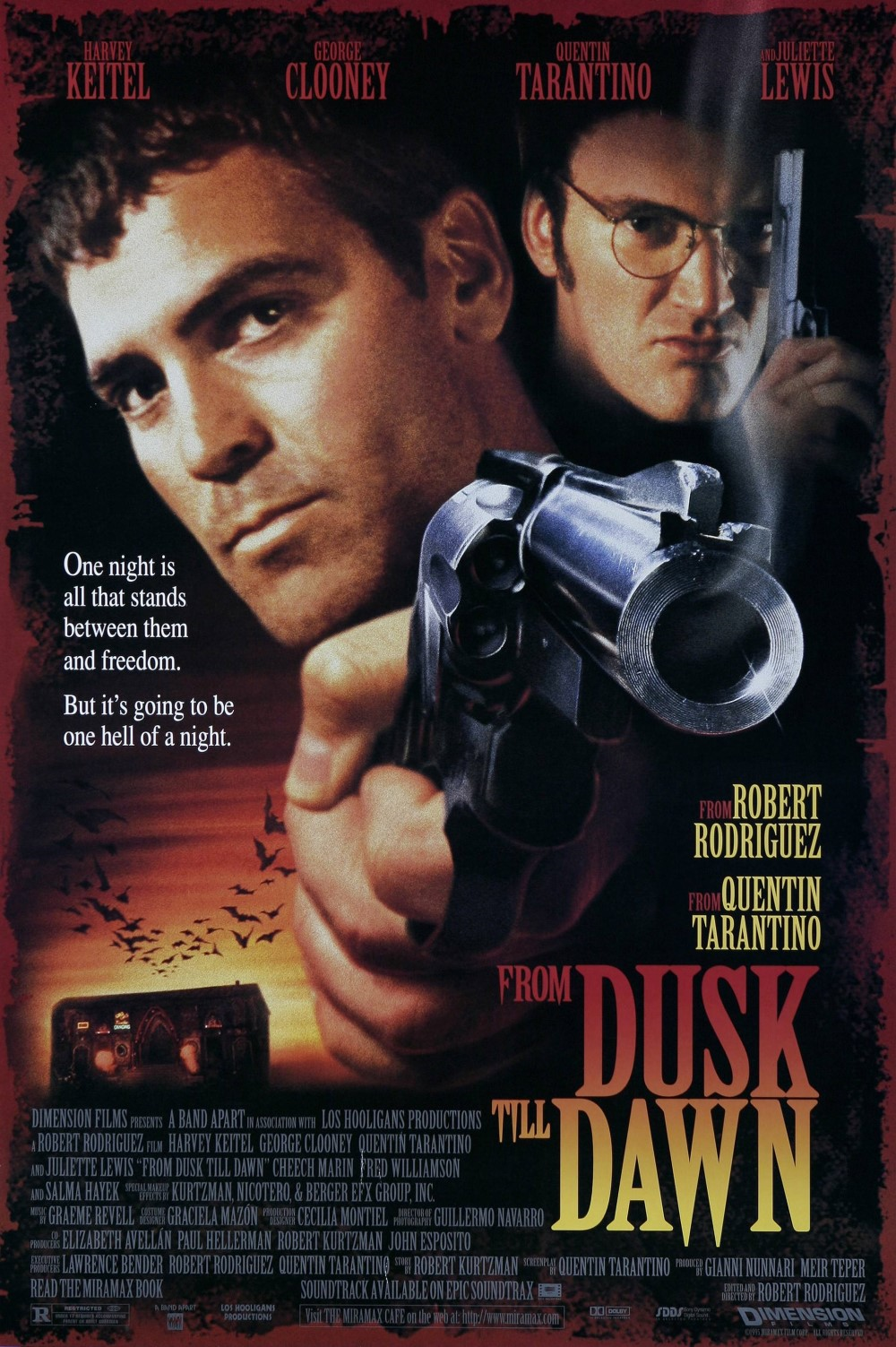Written by: Tom Dunlop
Photos by: Alison Shaw
128 pages
Vineyard Stories
Release date: July 1, 2012
Our Score: 5 out of 5 stars
When most people hear the word “Chappaquiddick” I would venture to guess that, if they have any knowledge of history, they think about the night of July 18, 1969. On that night Massachusetts Senator Edward Kennedy drove his car off of the narrow Dike Bridge into Poucha Pond. While Kennedy survived the accident, his passenger, Mary Jo Kopechne, drowned despite several attempts by Kennedy to rescue her. But Chappaquiddick is much more than a place in history. As I have in the past, thousands of people each summer make their way to the tiny island. And we all got there by way of the Chappy Ferry.
From a single row boat at the beginning of the 19th Century to the modern contraption that hauls both people and cars today, the Chappy Ferry has taken people from all walks of life the 527 feet from Edgartown, the main town on Martha’s Vineyard, to the tiny island that boasts less than 150 yearlong residents. Author Tom Dunlop has turned his almost lifelong fascination with the Ferry into an in depth look at how a 90 second voyage can turn into memories that last a lifetime.
Dunlop’s prose is beautifully accompanied by the dazzling photography of Alison Shaw. Many of her shots capture not only the workings of the Ferry but also the beauty of its watery highway. The Ferry has been used by fishermen, beach bathing enthusiasts, people looking to have their car repaired (the only business on the island is a combination general store/service station) and politicians (how do you think Senator Kennedy got his car TO the island. Incidentally, as he was heading to, and missed, the last scheduled ferry of the evening the Senator actually swam back to Edgartown). It’s also been used by Hollywood, co-starring in a key early scene in “Jaws.” And since I mentioned movies, an added bonus to this compendium is a 15 minute DVD entitled, of course, “The Chappy Movie.” The film, narrated by Dick Ebersol , was produced exclusively for the book by John Wilson.


